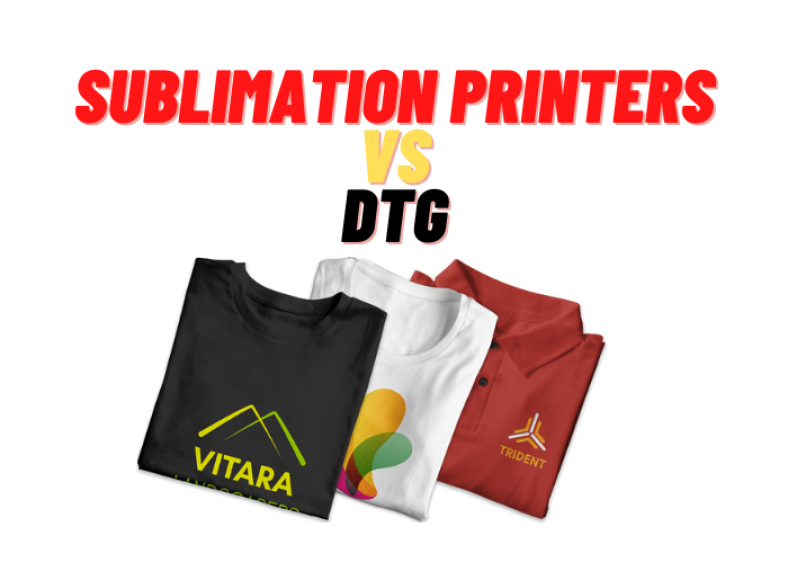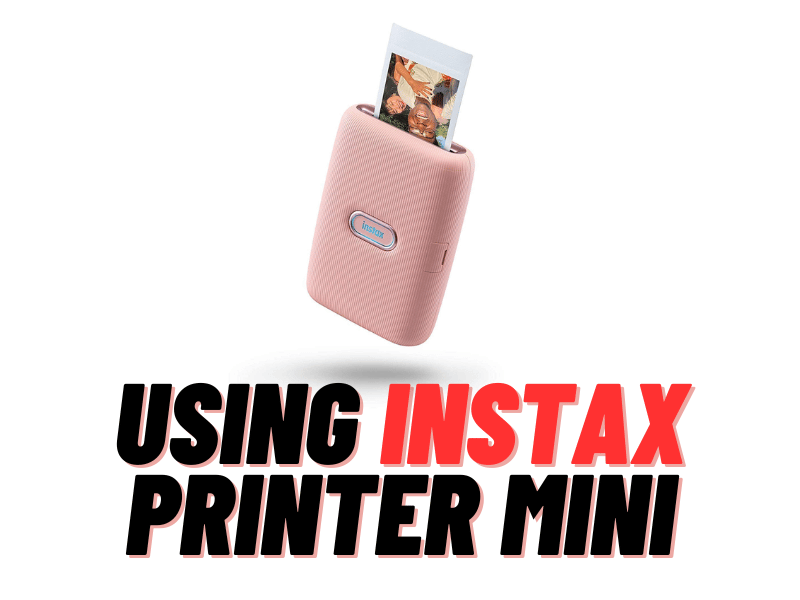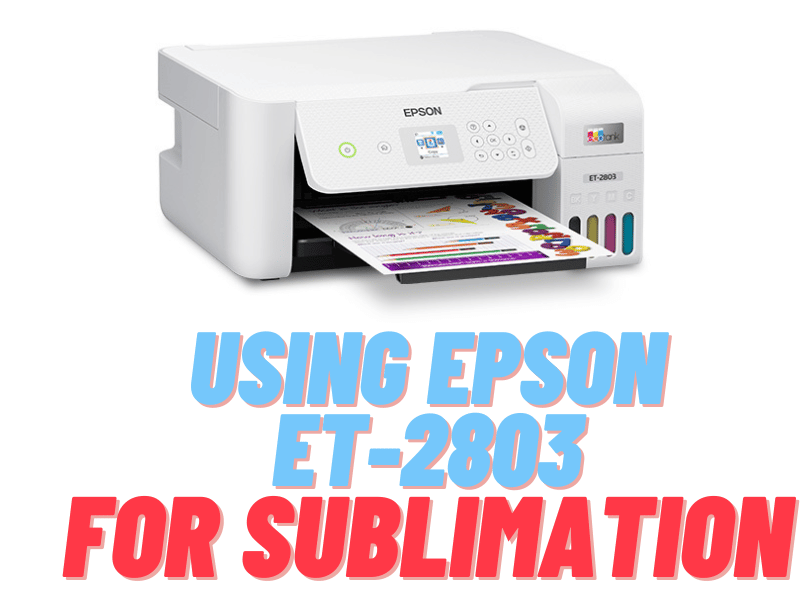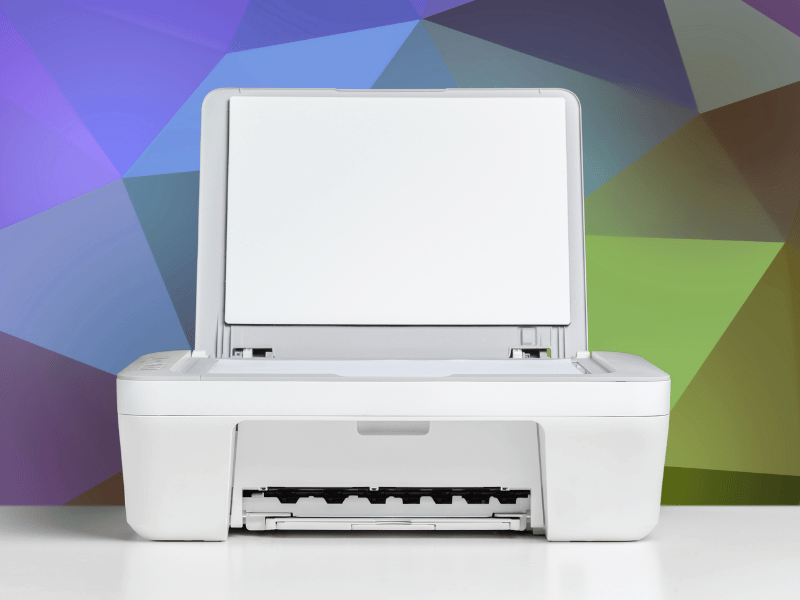In the modern day, we live in a world of advanced technologies. The printing sector is not left behind. There are multiple things that are printed in contemporary society ranging from T-shirts, products, and logos to tags, signages, and plates.
We have provided you with detailed information on what Sublimation and DTG printers are, their advantages and disadvantages, the differences between the sublimation and DTG printers, and so on.
What Are Sublimation Printers?

Sublimation printers are types of printers used in printing by transferring a design into a fabric or material by the use of ink and heat. The sublimation printers use heat to bring together ink and fabric together. Sublimation printers turn the inks into gas when brought under heat. Once the inks turn into gas, they combine with the fabric and permanently print onto the fabric.
Additionally, sublimation printers are printers used for sublimation printing by transferring an already made design on a piece of paper onto a fabric or material vis pressure and heat. The heat always ranges between 350 to 400 degrees.
The sublimation process in the printer involves turning ink from a solid-state to a gas state without passing through the liquid state. Sublimation printers transfer images onto a product or various surfaces.
Sublimation Printers Pros and Cons:
There are multiple advantages and disadvantages of sublimation printers.
Pros:
- They are fast and cost-effective. When printing using sublimation printers, you will be able to print or make large quantities of items in a short period.
- The printing with sublimation printers does not peel, crack or fade. For example, if you print a T-shirt using sublimation printers, the printing will not fade, crack or peel even after washing it on the washing machine countless times.
- Sublimation printers produce high-quality and long-lasting prints. The printing done by sublimation printers is of high precision and therefore the designs produced are always detailed.
Cons:
- Sublimation printers are pricey since they use sublimation technology that requires special inks that are quite different and are costly.
- Non-polyester materials can only be used to a limited extent. They must be coating-able, which is not always the case. Furthermore, white cannot be printed. A white background is required if the motif contains white or light colors. Additionally, in sublimation designs, you must account for a minor shrinkage of 1 to 4%.
What Are DTG Printers?
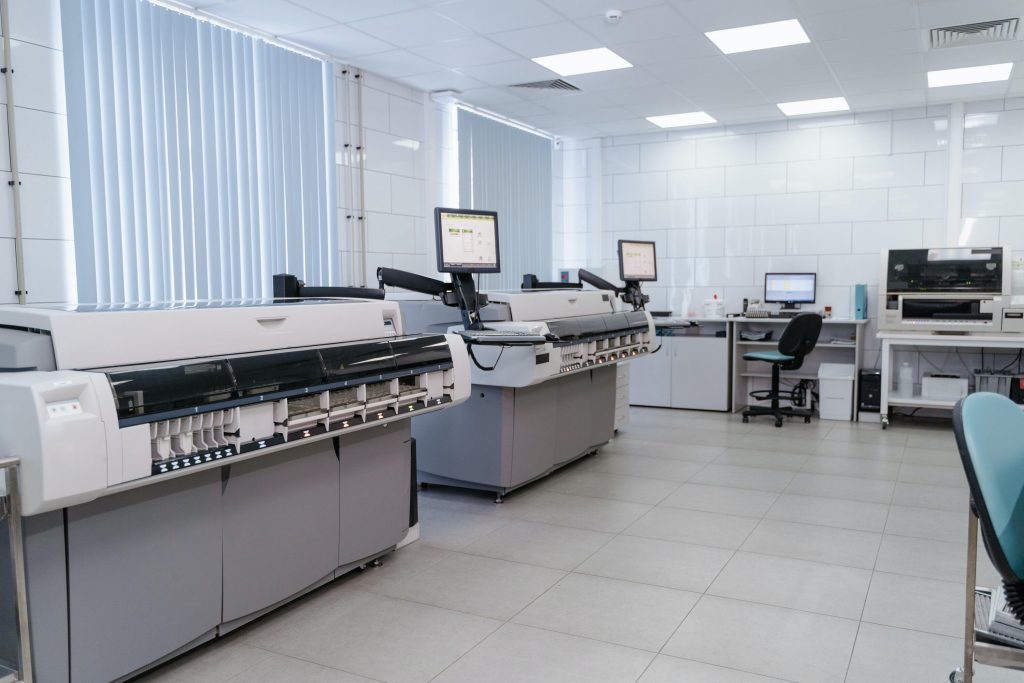
DTG printers or Direct to Garment printers are types of printers that use the emerging decorating technology. DTG printers work by loading a garment to it and then a full color, detailed design is sent from a computer. DTG printers utilize inkjet printing technology.
Therefore, with DTG printers, you will be printing images from a computer onto s shirt or other garments. With a DTG printer, the printing is done directly to the garment.
DTG Printers Pros and Cons:
Pros
- Affordable
- Quick and low setup costs
- There are no minimum orders when printing with this printer
- Eco-friendly inks
- It does not occupy much space
- East to print various colors
- Excellent for short runs
Cons
- These printers are quite slow
- The prints from DTG printers are not long-lasting
Difference Between Sublimation and DTG Printers:
Both Sublimation and DTG Printers can be used in printing. However, there is a difference between these two types of printers. The differences are as follows: –
- The printing process of the two types of printers. Different processes are involved when it comes to applying images to be printed. For instance, a unique transfer print must be prepared before using a sublimation printer. For the final result, the print is heated and pressed onto the desired material, sublimating and bonding the ink inside. DTG printers, on the other hand, require the fabric or material to be pre-treated before printing directly onto it. The ink has effectively adhered to the material as a result of this. A similar but considerably faster heat pressing procedure is used to cure the ink.
- What can you print on the two different printers? Despite the printers having various uses, there are certain materials that are suited for a specific printer for you to get the best results. With DTG printers, you will get the best results when printing on or with natural fibers such as cotton, linen, canvas, and jeans. Additionally, you can even get quality prints when printing darker materials on DTG printers. On the other hand, sublimation printers work best with polyester fabrics or materials that have a polyester coating. You can also print on surfaces such as ceramics, metals, and plastics when using Sublimation printers.
DTG Vs Sublimation Printers: Which One Is Better for You?
The better printer for you between DTG and Sublimation printers depends on your personal and business preference and needs. Both sublimation and DTG printers will provide you with quick and accessible means that you can use to create personalized logos, advertisements, and products.
However, a DTG printer would be better for you if your printing is primarily on t-shirts, apparel, fashion, and home design. On the other hand, a sublimation printer would be a better option for you if you to create personalized signage, tags, or plates.

